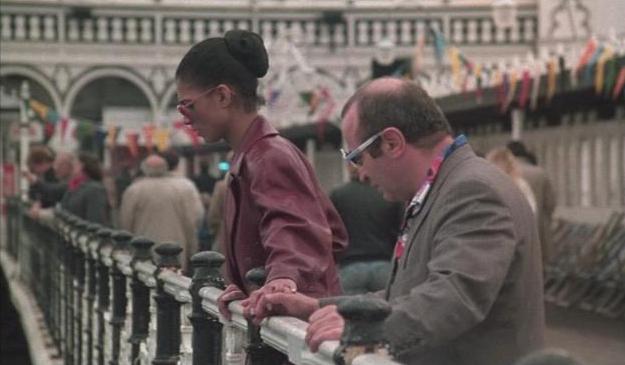| Academy Award Nominations: |
| Best Actor: Bob Hoskins |
|
| Golden Globe Nominations and Winners: |
| Best Picture (Drama) |
| ★ | Best Actor (Drama): Bob Hoskins |
| Best Supporting Actress: Cathy Tyson |
| Best Screenplay: Neil Jordan & David Leland |
|
| Other Awards: |
| Cannes Film Festival: Best Actor (Hoskins; tie) |
| New York Film Critics Circle: Best Actor (Hoskins) |
| Los Angeles Film Critics Association: Best Actor (Hoskins); Best Supporting Actress (Tyson; tie) |
| National Society of Film Critics: Best Actor (Hoskins) |
| Boston Society of Film Critics: Best Actor (Hoskins) |
| British Academy Awards (BAFTAs): Best Actor (Hoskins) |



